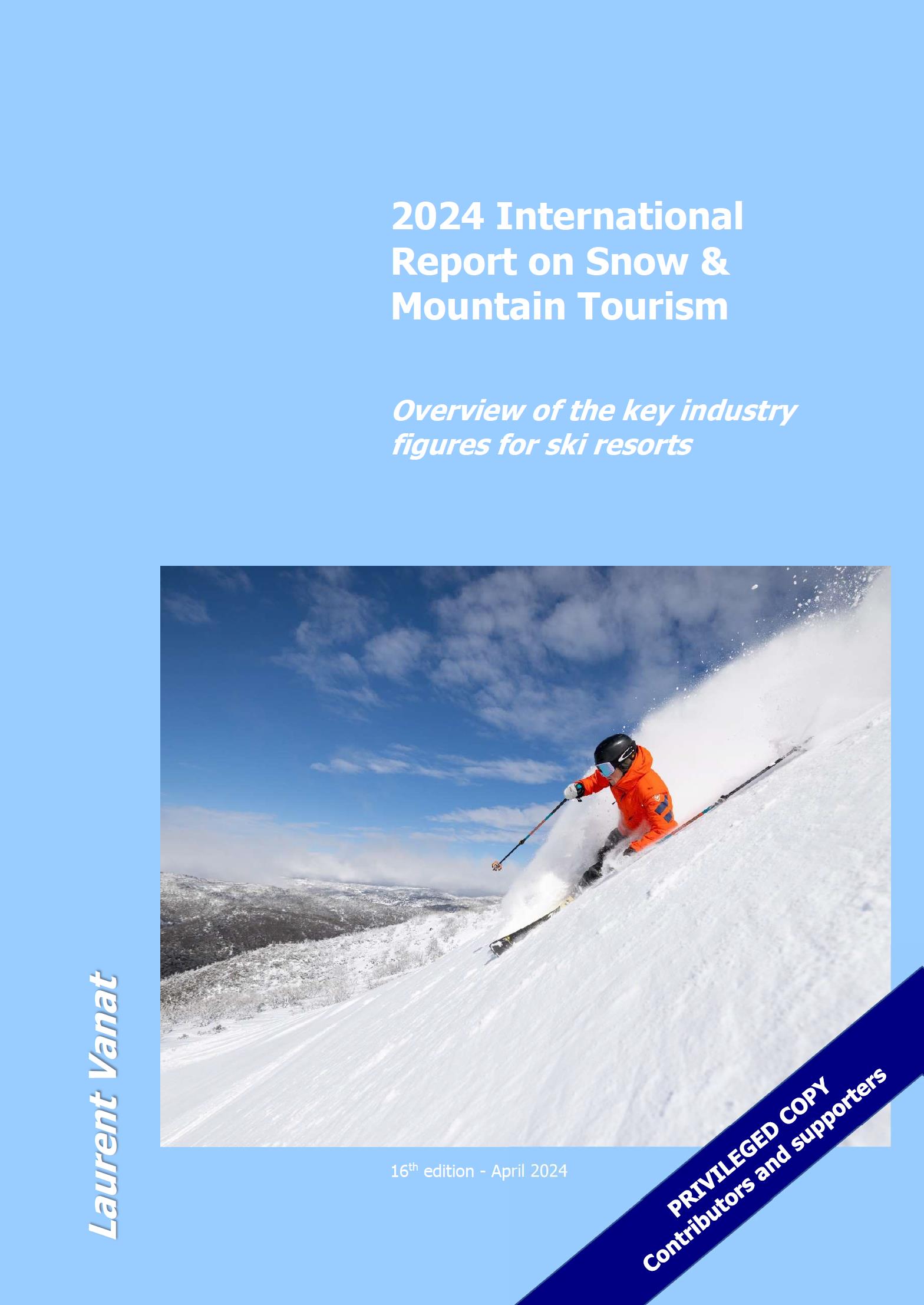International Report on Snow & Mountain Tourism
Despite the pre-formatted anti-ski ideology spread by mainstream media, politicians and part of the general public, skiing is not yet finished. Many mountain destinations around the world are happy to continue welcoming their winter guests, supplying for substantial part of their local economy. Although everybody in the industry is aware about the climate issues and working hard to consolidate a 4-season logic when it makes sense, the path is long and not easy. But there is no way to kill skiing while it is still perfectly alive and will remain so for long in most of the resorts that make most of the ski business. The dynamism of the skiing industry was once again demonstrated during the 2022/23 season by:
- Records of attendance in several major mature markets;
- Visitation derived from season passes on the rise in various countries;
- Development of innovative ticketing solutions, with continuous spread of dynamic pricing and alternative pricing models, such as pay per use;
- Move from the traditional guest service focused on selling lift tickets towards providing an experience on the mountain;
- Investments both to consolidate the ski business and to diversify activities;
- Increase of 4-season activity, improving economic sustainability of lift operators.
Of course, it is no surprise to the industry that season’s weather and snow conditions are a major driver of visitation and, part of business as usual, some countries experienced favourable conditions when other had to face a more reluctant mother nature. Compared to pre-covid-19 5-year average, the 2022/23 ski season features highs and downs depending on the countries. Canada, Italy and the United States had their best season on record, while Germany had its worse.
Data from the 16th issue of the International Report on Snow & Mountain Tourism refutes the pessimistic views of many media and institutions on the development prospects of the skiing market. Although climate change, among others, has indeed caused great uncertainty for the skiing industry, data from most countries show that most ski resorts are developing healthily and sustainably steady with more and more skiers willing to return to the ski resorts. (Wu Bin -Benny Wu - Vice Chairman of Beijing Ski Association).
Coverage: There are currently 68 countries in the world that offer equipped outdoor ski areas covered with snow. Even if snowfields are much more numerous, about 2’000 ski resorts have been identified worldwide. Besides the major ski destinations in terms of skier visits, there are a number of other, smaller destinations, where skiing has been an industry for a long time, or is currently developing. The most obvious emerging destinations are Eastern Europe and China, but there are a number of other small players spread out across the globe: Cyprus, Greece, India, Iran, Israel, Lebanon, Lesotho, Morocco, New Zealand, Pakistan, South Africa, Turkey and many more.
_____________________________________________________________________________________________________


